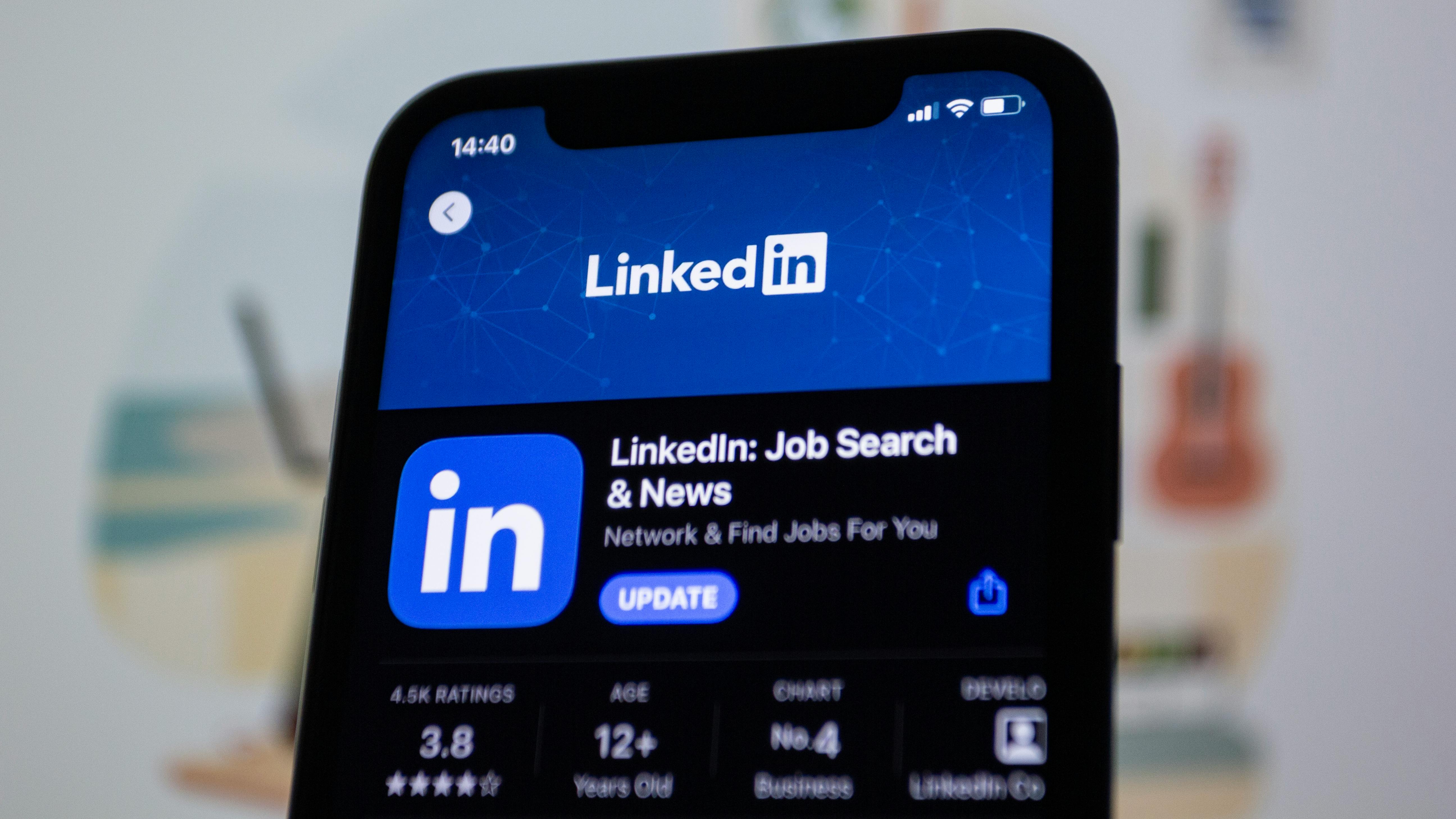TEM Digest: Building a Myntra-like E-commerce Platform
TEM Digest: Building a Myntra-like E-commerce Platform




The Ecom Mafia
The Ecom Mafia
Discussions
Discussions
•
September 7, 2024
September 7, 2024
Welcome back, Ecom Mafia members! Today's digest is all about the nuts and bolts of e-commerce development. We're diving deep into the world of web applications, with a specific focus on creating a platform similar to Myntra. Whether you're a tech wizard or just starting to explore the development side of e-commerce, there's something here for everyone. Let's unpack the day's discussions!
Blueprint for a Myntra-like E-commerce Application
Our tech-savvy members engaged in a detailed conversation about the requirements for building an e-commerce web application that could rival Myntra. Here's a breakdown of the key points discussed:
Frontend Development
Technology Stack: React.js or Next.js were suggested as the go-to frameworks for building a responsive and dynamic user interface.
Why These Frameworks?
React.js offers a component-based architecture, making it easier to build and maintain complex UIs.
Next.js, built on top of React, provides additional features like server-side rendering and simplified routing, which can boost performance and SEO.
Backend Development
Recommended Technology: Node.js was the preferred choice for the backend.
Advantages of Node.js:
JavaScript on both frontend and backend, allowing for full-stack JavaScript development.
Excellent for handling asynchronous operations, crucial for e-commerce applications with multiple concurrent users.
Essential Functionalities
Members highlighted several key features that a Myntra-like platform should include:
Product Listing: A robust catalog system with filtering and sorting options.
Shopping Cart: An intuitive cart system that updates in real-time.
Checkout Process: A streamlined, multi-step checkout for a smooth user experience.
Payment Gateway Integration: Secure payment processing with multiple options.
Emphasis on Quality and Scalability
The group stressed the importance of building an application that is:
Robust: Able to handle high traffic and complex operations without crashing.
Scalable: Designed to grow with your business, handling increased products and users.
Secure: Implementing best practices for data protection and secure transactions.
High-performance: Quick loading times and responsive design for all devices.
Development Approach
Members advocated for a collaborative approach to development:
Stakeholder Collaboration: Engaging with all parties involved to gather comprehensive requirements.
Iterative Development: Using an agile methodology to build, test, and refine the application in stages.
Consultant's Corner: Tips for Aspiring E-commerce Developers
If you're inspired to start building your own e-commerce platform, here are some pro tips to keep in mind:
Start Small, Think Big: Begin with a Minimum Viable Product (MVP) that includes core functionalities, then expand based on user feedback.
Prioritize User Experience: A beautiful design is important, but ease of use is crucial. Focus on creating intuitive navigation and a smooth checkout process.
Mobile-First Approach: With more users shopping on mobile devices, ensure your application is fully responsive and optimized for smaller screens.
Performance Optimization: Use techniques like lazy loading, image optimization, and caching to keep your site fast and efficient.
Security First: Implement HTTPS, secure payment gateways, and follow best practices for data protection from day one.
A Brief Note on Networking
In a quick aside from our tech talk, a member was seeking contact information for a specific purpose. While we can't share private details here, it's a good reminder of the power of networking within our community. Remember, The Ecom Mafia is not just about sharing knowledge, but also about building connections that can help your business grow!
That wraps up today's Ecom Mafia digest. Whether you're coding your next big e-commerce platform or just starting to explore the tech side of online selling, we hope today's insights have been valuable. Keep innovating, keep learning, and we'll see you in the next update!
This blog post is based on AI-generated summaries from The Ecom Mafia community discussions on September 7, 2024. Always verify information and consult with professional developers when embarking on complex technical projects.
Welcome back, Ecom Mafia members! Today's digest is all about the nuts and bolts of e-commerce development. We're diving deep into the world of web applications, with a specific focus on creating a platform similar to Myntra. Whether you're a tech wizard or just starting to explore the development side of e-commerce, there's something here for everyone. Let's unpack the day's discussions!
Blueprint for a Myntra-like E-commerce Application
Our tech-savvy members engaged in a detailed conversation about the requirements for building an e-commerce web application that could rival Myntra. Here's a breakdown of the key points discussed:
Frontend Development
Technology Stack: React.js or Next.js were suggested as the go-to frameworks for building a responsive and dynamic user interface.
Why These Frameworks?
React.js offers a component-based architecture, making it easier to build and maintain complex UIs.
Next.js, built on top of React, provides additional features like server-side rendering and simplified routing, which can boost performance and SEO.
Backend Development
Recommended Technology: Node.js was the preferred choice for the backend.
Advantages of Node.js:
JavaScript on both frontend and backend, allowing for full-stack JavaScript development.
Excellent for handling asynchronous operations, crucial for e-commerce applications with multiple concurrent users.
Essential Functionalities
Members highlighted several key features that a Myntra-like platform should include:
Product Listing: A robust catalog system with filtering and sorting options.
Shopping Cart: An intuitive cart system that updates in real-time.
Checkout Process: A streamlined, multi-step checkout for a smooth user experience.
Payment Gateway Integration: Secure payment processing with multiple options.
Emphasis on Quality and Scalability
The group stressed the importance of building an application that is:
Robust: Able to handle high traffic and complex operations without crashing.
Scalable: Designed to grow with your business, handling increased products and users.
Secure: Implementing best practices for data protection and secure transactions.
High-performance: Quick loading times and responsive design for all devices.
Development Approach
Members advocated for a collaborative approach to development:
Stakeholder Collaboration: Engaging with all parties involved to gather comprehensive requirements.
Iterative Development: Using an agile methodology to build, test, and refine the application in stages.
Consultant's Corner: Tips for Aspiring E-commerce Developers
If you're inspired to start building your own e-commerce platform, here are some pro tips to keep in mind:
Start Small, Think Big: Begin with a Minimum Viable Product (MVP) that includes core functionalities, then expand based on user feedback.
Prioritize User Experience: A beautiful design is important, but ease of use is crucial. Focus on creating intuitive navigation and a smooth checkout process.
Mobile-First Approach: With more users shopping on mobile devices, ensure your application is fully responsive and optimized for smaller screens.
Performance Optimization: Use techniques like lazy loading, image optimization, and caching to keep your site fast and efficient.
Security First: Implement HTTPS, secure payment gateways, and follow best practices for data protection from day one.
A Brief Note on Networking
In a quick aside from our tech talk, a member was seeking contact information for a specific purpose. While we can't share private details here, it's a good reminder of the power of networking within our community. Remember, The Ecom Mafia is not just about sharing knowledge, but also about building connections that can help your business grow!
That wraps up today's Ecom Mafia digest. Whether you're coding your next big e-commerce platform or just starting to explore the tech side of online selling, we hope today's insights have been valuable. Keep innovating, keep learning, and we'll see you in the next update!
This blog post is based on AI-generated summaries from The Ecom Mafia community discussions on September 7, 2024. Always verify information and consult with professional developers when embarking on complex technical projects.
More Blogs Like This


May 31, 2025
Scaling Luxury D2C Brands: Expert Insights and Proven Strategies for Success
Discussions


May 30, 2025
Do Meta Ads Kill Your Instagram Organic Reach? Marketing Experts Share Their Real Experience
Discussions


May 3, 2025
Top AI Coding Tools in 2025: The eCom Mafia Community Weighs In
Discussions


Apr 27, 2025
LinkedIn Connection Strategies: Insights from Top E-Commerce Entrepreneurs
Discussions


